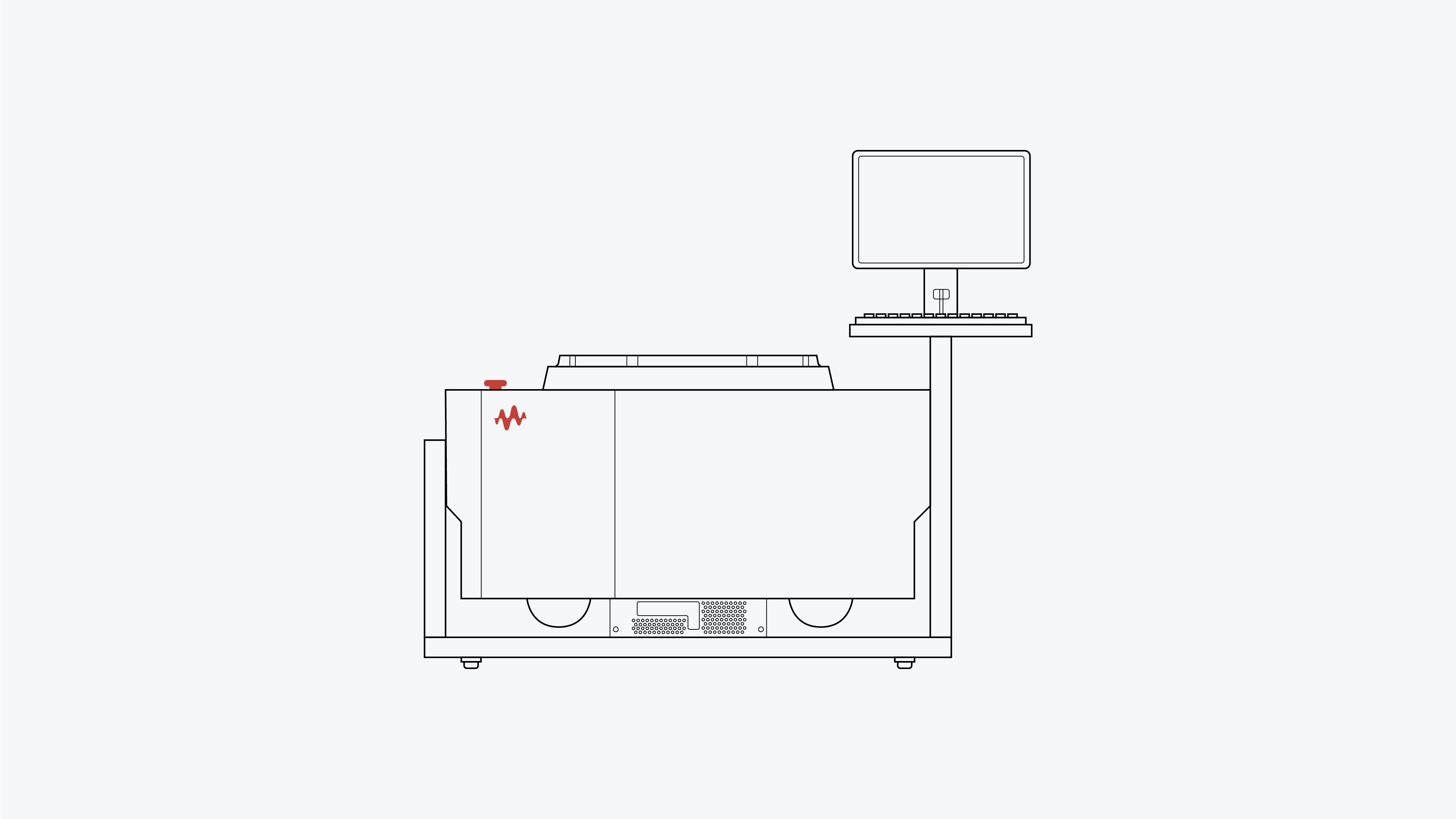segmentation:business-unit/EISG,segmentation:campaign/Bench,keysight:product-lines/gm,segmentation:product-category/DMMs_DAQs_Function_Generators/Data_Acquisition_Systems,segmentation:product-category/DMMs_DAQs_Function_Generators,segmentation:funnel/bofu,keysight:dtx/solutions/facets/development-area/power,keysight:dtx/solutions/facets/workflow-stage/design,keysight:dtx/solutions/facets/industry/wireline-communications,keysight:dtx/solutions/facets/industry/semiconductor,keysight:dtx/solutions/facets/design-and-test-product/data-acquisition,keysight:dtx/solutions/facets/design-and-test-product/data-acquisition-and-metersegmentation:business-unit/EISG,segmentation:campaign/Bench,keysight:product-lines/gm,segmentation:product-category/DMMs_DAQs_Function_Generators/Data_Acquisition_Systems,segmentation:product-category/DMMs_DAQs_Function_Generators,segmentation:funnel/bofu,keysight:dtx/solutions/facets/development-area/power,keysight:dtx/solutions/facets/workflow-stage/design,keysight:dtx/solutions/facets/industry/wireline-communications,keysight:dtx/solutions/facets/industry/semiconductor,keysight:dtx/solutions/facets/design-and-test-product/data-acquisition,keysight:dtx/solutions/facets/design-and-test-product/data-acquisition-and-metersegmentation:business-unit/EISG,segmentation:campaign/Bench,keysight:product-lines/gm,segmentation:product-category/DMMs_DAQs_Function_Generators/Data_Acquisition_Systems,segmentation:product-category/DMMs_DAQs_Function_Generators,segmentation:funnel/bofu,keysight:dtx/solutions/facets/development-area/power,keysight:dtx/solutions/facets/workflow-stage/design,keysight:dtx/solutions/facets/industry/wireline-communications,keysight:dtx/solutions/facets/industry/semiconductor,keysight:dtx/solutions/facets/design-and-test-product/data-acquisition,keysight:dtx/solutions/facets/design-and-test-product/data-acquisition-and-metersegmentation:business-unit/EISG,segmentation:campaign/Bench,keysight:product-lines/gm,segmentation:product-category/DMMs_DAQs_Function_Generators/Data_Acquisition_Systems,segmentation:product-category/DMMs_DAQs_Function_Generators,segmentation:funnel/bofu,keysight:dtx/solutions/facets/development-area/power,keysight:dtx/solutions/facets/workflow-stage/design,keysight:dtx/solutions/facets/industry/wireline-communications,keysight:dtx/solutions/facets/industry/semiconductor,keysight:dtx/solutions/facets/design-and-test-product/data-acquisition,keysight:dtx/solutions/facets/design-and-test-product/data-acquisition-and-metersegmentation:business-unit/EISG,segmentation:campaign/Bench,keysight:product-lines/gm,segmentation:product-category/DMMs_DAQs_Function_Generators/Data_Acquisition_Systems,segmentation:product-category/DMMs_DAQs_Function_Generators,segmentation:funnel/bofu,keysight:dtx/solutions/facets/development-area/power,keysight:dtx/solutions/facets/workflow-stage/design,keysight:dtx/solutions/facets/industry/wireline-communications,keysight:dtx/solutions/facets/industry/semiconductor,keysight:dtx/solutions/facets/design-and-test-product/data-acquisition,keysight:dtx/solutions/facets/design-and-test-product/data-acquisition-and-metersegmentation:business-unit/EISG,segmentation:campaign/Bench,keysight:product-lines/gm,segmentation:product-category/DMMs_DAQs_Function_Generators/Data_Acquisition_Systems,segmentation:product-category/DMMs_DAQs_Function_Generators,segmentation:funnel/bofu,keysight:dtx/solutions/facets/development-area/power,keysight:dtx/solutions/facets/workflow-stage/design,keysight:dtx/solutions/facets/industry/wireline-communications,keysight:dtx/solutions/facets/industry/semiconductor,keysight:dtx/solutions/facets/design-and-test-product/data-acquisition,keysight:dtx/solutions/facets/design-and-test-product/data-acquisition-and-metersegmentation:business-unit/EISG,segmentation:campaign/Bench,keysight:product-lines/gm,segmentation:product-category/DMMs_DAQs_Function_Generators/Data_Acquisition_Systems,segmentation:product-category/DMMs_DAQs_Function_Generators,segmentation:funnel/bofu,keysight:dtx/solutions/facets/development-area/power,keysight:dtx/solutions/facets/workflow-stage/design,keysight:dtx/solutions/facets/industry/wireline-communications,keysight:dtx/solutions/facets/industry/semiconductor,keysight:dtx/solutions/facets/design-and-test-product/data-acquisition,keysight:dtx/solutions/facets/design-and-test-product/data-acquisition-and-metersegmentation:business-unit/EISG,segmentation:campaign/Bench,keysight:product-lines/gm,segmentation:product-category/DMMs_DAQs_Function_Generators/Data_Acquisition_Systems,segmentation:product-category/DMMs_DAQs_Function_Generators,segmentation:funnel/bofu,keysight:dtx/solutions/facets/development-area/power,keysight:dtx/solutions/facets/workflow-stage/design,keysight:dtx/solutions/facets/industry/wireline-communications,keysight:dtx/solutions/facets/industry/semiconductor,keysight:dtx/solutions/facets/design-and-test-product/data-acquisition,keysight:dtx/solutions/facets/design-and-test-product/data-acquisition-and-metersegmentation:business-unit/EISG,segmentation:campaign/Bench,keysight:product-lines/gm,segmentation:product-category/DMMs_DAQs_Function_Generators/Data_Acquisition_Systems,segmentation:product-category/DMMs_DAQs_Function_Generators,segmentation:funnel/bofu,keysight:dtx/solutions/facets/development-area/power,keysight:dtx/solutions/facets/workflow-stage/design,keysight:dtx/solutions/facets/industry/wireline-communications,keysight:dtx/solutions/facets/industry/semiconductor,keysight:dtx/solutions/facets/design-and-test-product/data-acquisition,keysight:dtx/solutions/facets/design-and-test-product/data-acquisition-and-metersegmentation:business-unit/EISG,segmentation:campaign/Bench,keysight:product-lines/gm,segmentation:product-category/DMMs_DAQs_Function_Generators/Data_Acquisition_Systems,segmentation:product-category/DMMs_DAQs_Function_Generators,segmentation:funnel/bofu,keysight:dtx/solutions/facets/development-area/power,keysight:dtx/solutions/facets/workflow-stage/design,keysight:dtx/solutions/facets/industry/wireline-communications,keysight:dtx/solutions/facets/industry/semiconductor,keysight:dtx/solutions/facets/design-and-test-product/data-acquisition,keysight:dtx/solutions/facets/design-and-test-product/data-acquisition-and-metersegmentation:business-unit/EISG,segmentation:campaign/Bench,keysight:product-lines/gm,segmentation:product-category/DMMs_DAQs_Function_Generators/Data_Acquisition_Systems,segmentation:product-category/DMMs_DAQs_Function_Generators,segmentation:funnel/bofu,keysight:dtx/solutions/facets/development-area/power,keysight:dtx/solutions/facets/workflow-stage/design,keysight:dtx/solutions/facets/industry/wireline-communications,keysight:dtx/solutions/facets/industry/semiconductor,keysight:dtx/solutions/facets/design-and-test-product/data-acquisition,keysight:dtx/solutions/facets/design-and-test-product/data-acquisition-and-metersegmentation:business-unit/EISG,segmentation:campaign/Bench,keysight:product-lines/gm,segmentation:product-category/DMMs_DAQs_Function_Generators/Data_Acquisition_Systems,segmentation:product-category/DMMs_DAQs_Function_Generators,segmentation:funnel/bofu,keysight:dtx/solutions/facets/development-area/power,keysight:dtx/solutions/facets/workflow-stage/design,keysight:dtx/solutions/facets/industry/wireline-communications,keysight:dtx/solutions/facets/industry/semiconductor,keysight:dtx/solutions/facets/design-and-test-product/data-acquisition,keysight:dtx/solutions/facets/design-and-test-product/data-acquisition-and-meter
How to Make Multichannel Current Measurements
Checking for current leaks and monitoring at multiple circuit points requires a multichannel current measurement system. Learn how to make multichannel current measurements during the product design stage using a DAQ system.
Learn more









